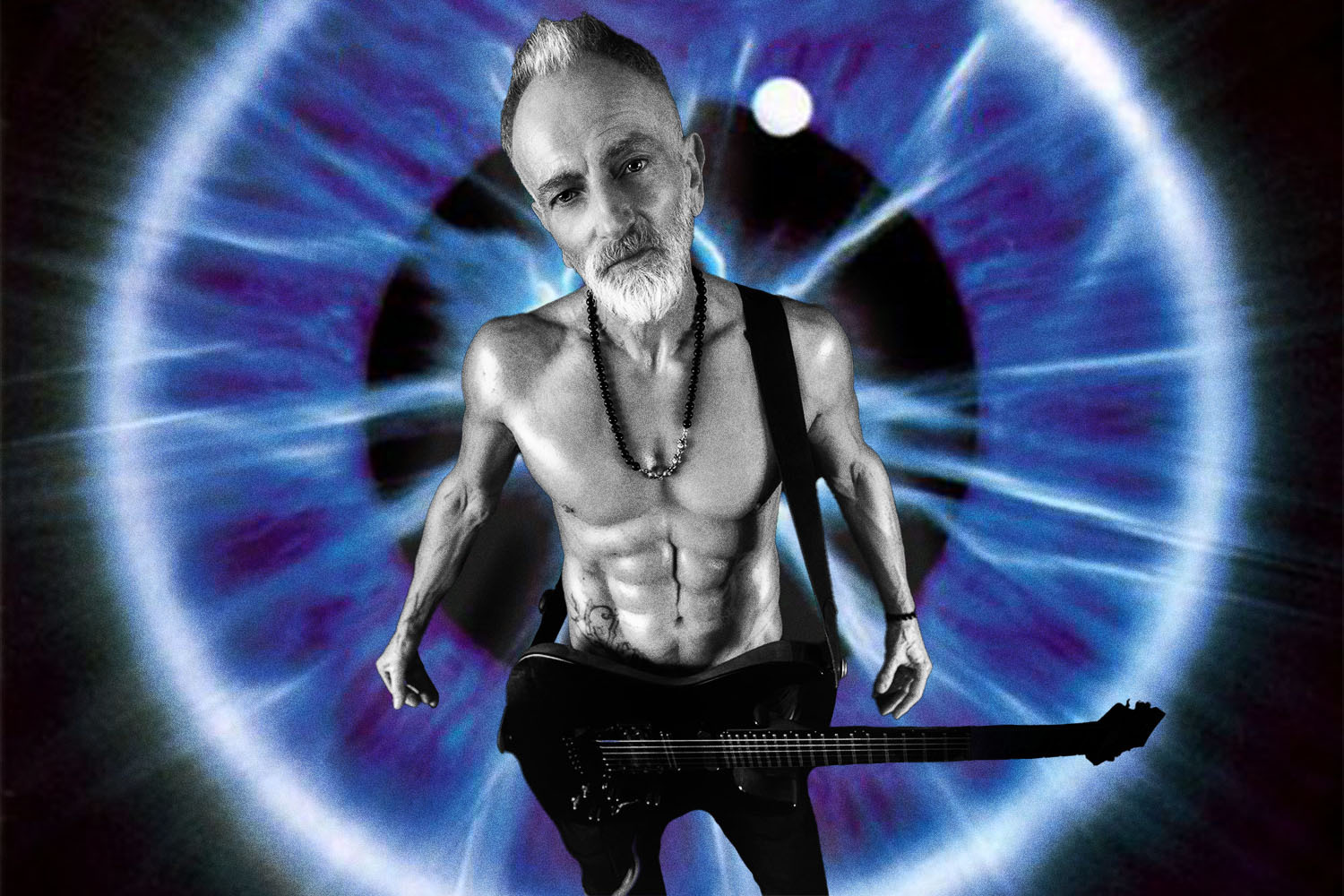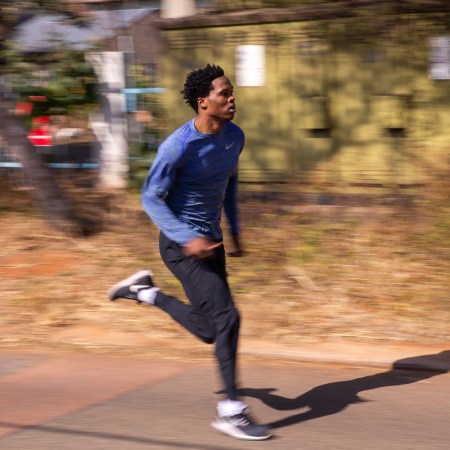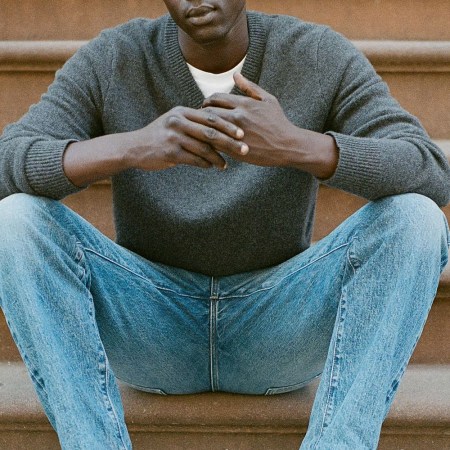Historically, professional musicians haven’t exactly been bastions of longevity. An eye-popping study from 2015 calculated that “popular musicians” die an average of 25 years younger than the general population. That number is dragged way down by 27 Club incidents — the many chilling homicides, suicides and accidental deaths that seem to befall bandmates at a rate inconsistent with the rest of us.
It’s also — obviously — a function of the stereotypical rockstar lifestyle. Musicians keep irregular sleep-wake cycles. They put their bodies through exhaustive travel schedules. They drink whiskey, eat burgers, snort coke and have unprotected sex with strangers … on Tuesdays. We’ve long lionized the rockstar way of life; all these bad habits are regarded as the just reward of “making it.”
Many researchers have pushed that narrative in a different direction, pointing out that the notoriously destructive lifestyle that attends rock ‘n’ roll isn’t always a choice — it’s often a hapless reaction to a stressful, strenuous job. As one study concluded a few years ago: “Musicians may be at increased risk to develop unhealthy lifestyles, and even a variety of health problems, due to the stress, anxiety, and the physical efforts they have to carry out.”
But in recent years, mimicking the health kicks of athletes and actors, professional musicians have started to take their bodies seriously. Consider that Michael Jordan’s fabled day-drinking before games probably wouldn’t be so warmly received in an era where basketball stars spend over $1 million on their bodies a year, or the way Marvel has revolutionized how A-listers prepare for roles. In an era when former sitcom role players like Kumail Nanjiani are now building six-pack abs, lifting weights is now as compulsory as reading lines.
Fitness has intersected with music for years as well, if too often in problematic, fragmented ways. For some, it’s been used as a replacement addiction for drugs. As Eminem said in 2015, “When it came to running, I think I got a little carried away. I became a fucking hamster. Seventeen miles a day on a treadmill.”
For others in the industry, both men and women, fitness represents the weight of expectation. Early on in her career, Jennifer Lopez was frequently told that she “should lose a few pounds.” Carrie Underwood would read comments from her own fans on message boards that said “Carrie’s getting fat.” Long before that, in the mid-80s, Bruce Springsteen aggressively strength-trained for his Born in the USA tour in an effort to channel a working man’s masculinity, completely transforming the lithe frame that graced the cover of Darkness on the Edge of Town.
To be sure, body dysmorphia still reigns — even in the age of body positivity. Pop star Shawn Mendes admitted last year that at times he’s felt a responsibility to chase the “pinnacle of fitness,” in order to look good for magazine covers and mollify adoring supporters. He said: “Some days I would have three hours of sleep, [because] I’d get up two hours early just to be able to work out.” Mendes couldn’t shake the feeling that, “If you don’t work out, you’re going to lose fans.”
All that said, musicians are currently getting in shape like never before. And not for all the dubious reasons that have long swirled around celebrity, but for the simple, important fact that playing shows is hard work. Instead of letting the “road” — and all its life-shortening trappings — ease the effort of cranking through multi-hour concerts, musicians are proactively preparing themselves for those multi-hour concerts with dedicated fitness regimens.
Emilie Battle, a fitness instructor whose studio Battle Body trains singers for the stage, points out that most people underestimate the physical grind of performance: “There’s an incredible amount of endurance that goes into tour life, not to mention the need to stay healthy and in great physical shape. No artist wants to get injured and have to cancel shows.” When artists do start a demanding tour in poor shape, Battle says, “There’s just a much greater risk of exhaustion. It’s a demanding lifestyle.”
Physical fitness has definitely been front of mind for musical artists this year, of all years, as the music industry crawls back from an 18-month quarantine to what’s been hailed as a triumphant return. Festivals came back, smaller venues that survived the pandemic have been hosting shows since early summer, and a couple weeks ago, in a climactic jolt of normalcy, Billy Joel restarted his residency at Madison Square Garden.
According to Battle, the physical preparations for a touring schedule vary based on the exact tasks and maneuvers someone is executing on stage:
“A performer who sings while doing dance choreography is going to train differently than a drummer who’s constantly seated and in a more hunched position. If your show requires a lot of jumping up and down, you need to rebuild and strengthen the muscles that allow you to do so without hurting yourself. If you’re a musician that is holding an instrument like a guitar for hours at a time in a show, you need the functional training for your back, shoulders, chest and even core to allow you to do so without feeling pain.”
As for Battle’s own sessions with musicians, she doesn’t necessarily favor cardio over strength training, or vice versa. “It actually starts with core, breathwork and mobility. Core work is more than just cranking out sit-ups. Knowing how to properly engage your core enhances everything else that you do and protects you from injury. You also need to know how to breathe correctly and how to mobilize. Too often, the focus is just on cardio and strength. But mobility reduces the chance of injury, increases our range of motion and helps rebuild our bodies that have been sedentary for the past year and a half. From there, we do a combination of cardiovascular endurance work and strength training.”
The focus on injury prevention might come as a surprise, but musicians are prime candidates for “repetitive motion injuries.” They hold the same gear (some of it pretty damn heavy) in the same way, night after night. And many of them, assuming they’ve sustained long, successful careers, have been performing the same motions with their arms and hips for decades. No wonder there’s been a recent burst of attention on the workout plans of aging guys like Bob Weir, Phil Collen and Michael Franti.
In order to keep performing, these guys have turned to yoga, Pilates, martial arts, resistance bands like TRX and plain-old walking in order to fortify their bodies. They’re not trying to run the most miles and or build the biggest biceps; they’re attaining them in a way that’s holistic, sustainable and particularly effective for the demands of their profession.
In many cases, the musicians who take their training most seriously — that of Weir, especially — are all too familiar with the old, maximalist version of touring behind an album. But in order to keep doing what they love, they’ve committed to a different way forward. For some, that commitment to holistic health even extends past bodyweight training to bodily treatments. Rebecca Faria, the owner of a Beverly Hills-based beauty clinic called Detox by Rebecca, counts names like Diddy, Ariana Grande, Hailee Steinfeld and Becky G among the regular clients who come to her for lymphatic drainage treatments.
“Lymphatic drainage massage is a technique that aims to stimulate the lymphatic system,” Faria explains. “It’s a complex network of vessels that moves fluid around the body, enabling the body to eliminate excess fluids and toxins and decrease body swelling. Once you lower the inflammation in your body, the immune system improves, metabolism accelerates and tissue regenerates.”
The stars that seek out Faria’s expertise generally do so before and after going on tour. She says: “Artists follow a turbulent schedule that affects their bodies in different ways. Keep in mind that traveling, especially by plane, causes a ton of fluid retention. This leads to weight gain, affects the digestive system and can be dangerous to overall health. Lymphatic drainage helps the body to eliminate this post-flight swelling. Plus, a lack of sleep, jet lag and an unruly diet confuse the metabolism.”
To be clear, the sound engineer for an opening act likely won’t be getting a lymphatic drainage massage anytime soon. While the procedure is quick and non-invasive — it doesn’t necessitate any equipment but takes up to 90 minutes — Faria made her name through Hollywood word-of-mouth and isn’t accepting any new clients. It’s a sign, though, almost akin to Olympians sampling avant-garde recovery methods in order to gain an extra edge, that many of today’s stars have gotten extremely serious about protecting and improving their personal health.
This is a good thing. There is a perverse sort of romanticism of the old way, of course. But professional music should probably move away from its reputation as a sort of Darwinian marathon, where only the strongest can barnstorm their way around the country and world with their vocal cords and heart health intact. Younger, lesser-known acts are still eating vending-machine dinners and sleeping on tour buses without beds, as is tradition, but the more they see their heroes crafting a musical life around longevity, the harder it will be to ignore poor decision-making on tour.
As alluring as tour life can be — new cities, fried food, people who want to be your best friend — healthy habits compound healthy habits, in Battle’s view. “Regular exercise inspires you to fuel your body with more beneficial foods, inspires you to hydrate more, gives you better and more peaceful sleep, builds endurance, and keeps you on a solid and productive schedule. They’ll find that shows, rehearsals, press obligation and travel days are significantly more challenging when they’re not exercising regularly.”
Ultimately, one of the most promising aspects of this movement is that artists are doing it for themselves. They’re getting in shape because it’ll help them make songs and play instruments for as long as we’re willing to listen. That‘s the real dream; not all the stuff people talk about on the documentaries 30 years later. Our only role in all this? Share songs. Buy tickets. Cheer for an encore. Now more than ever, musicians could use a little unconditional support. They share so much with fans already — we’re there to help them process their breakups, not pass judgment on their bodies.
The Charge will help you move better, think clearer and stay in the game longer. Subscribe to our wellness newsletter today.

























